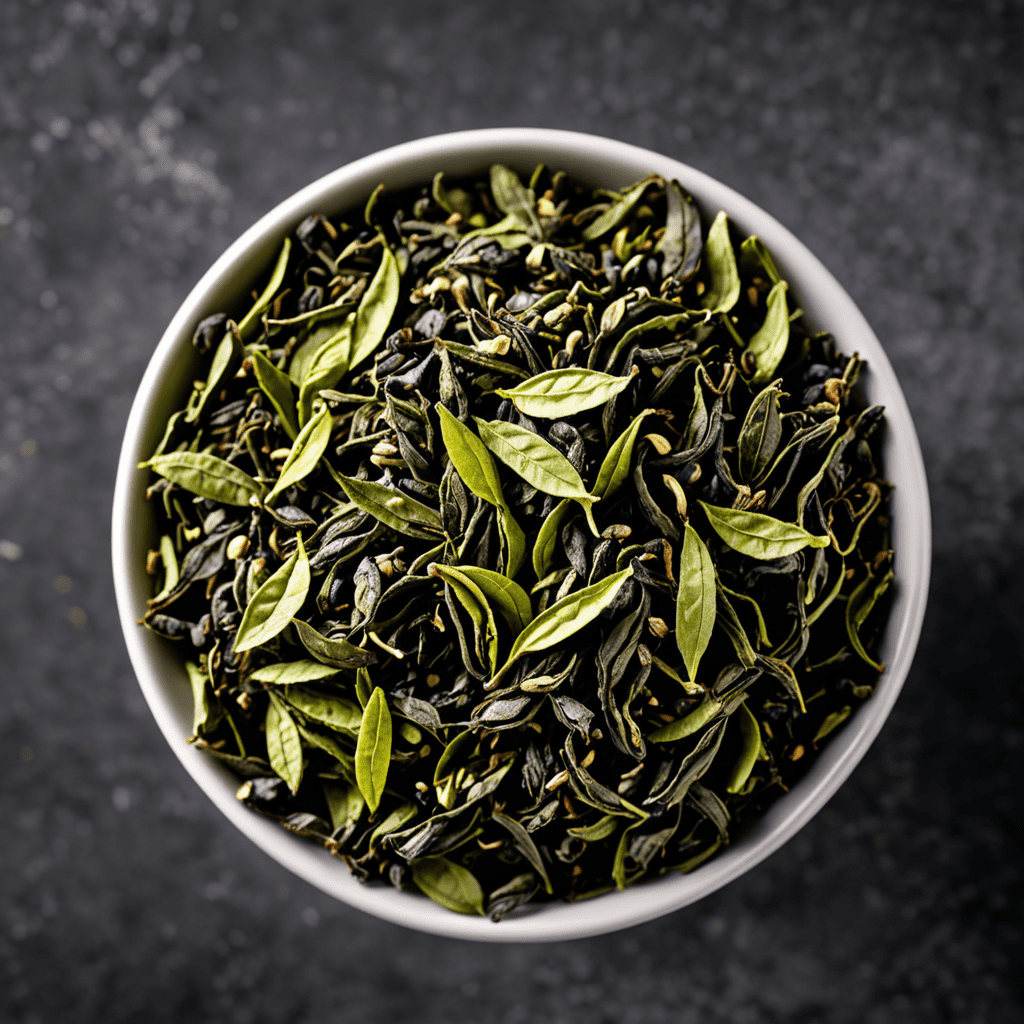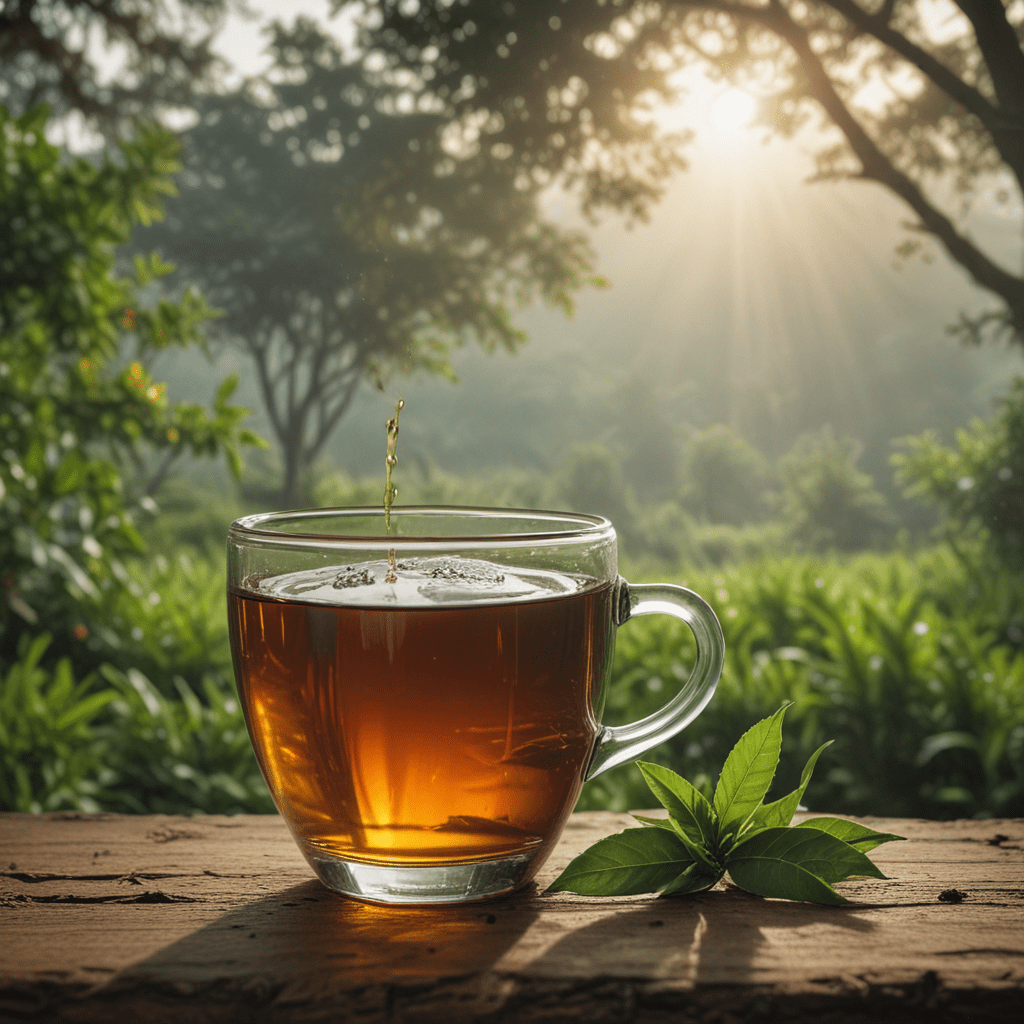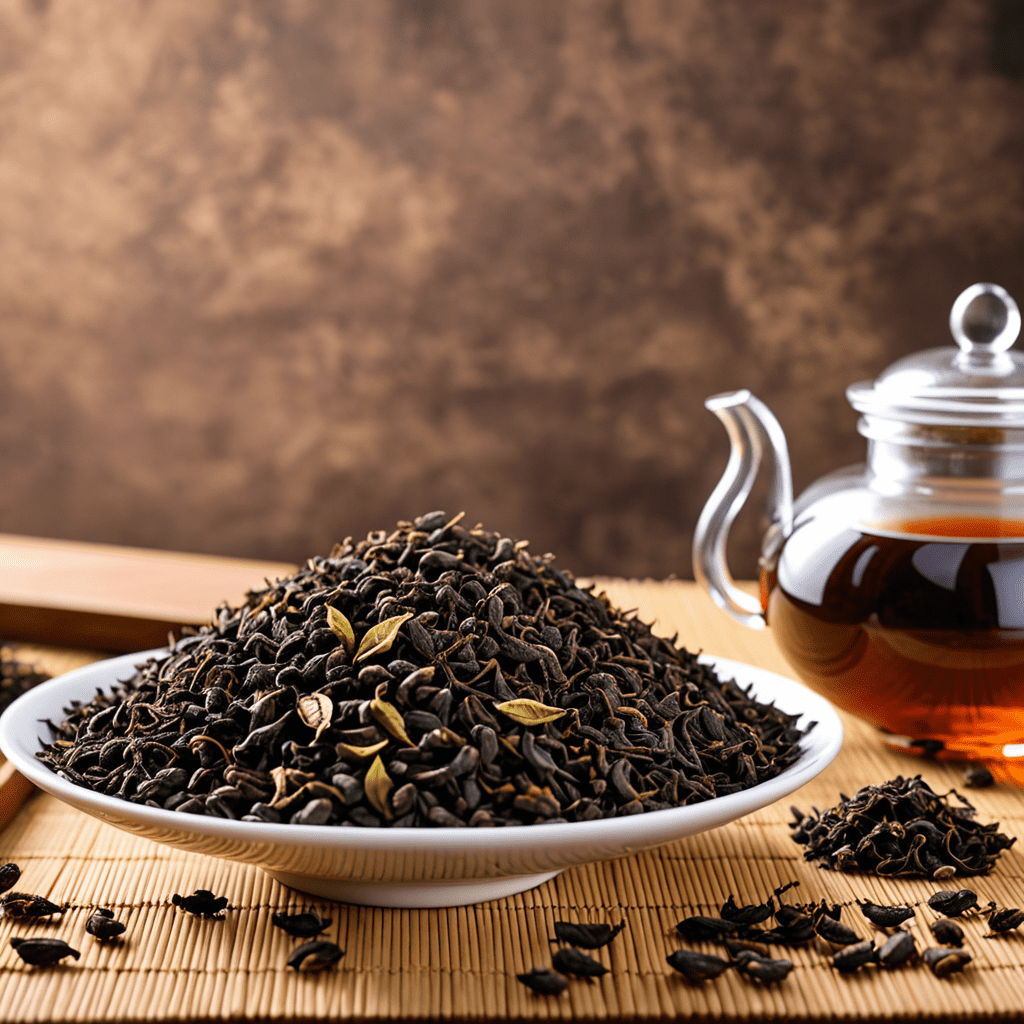The Genesis of Assam Tea: A Historical Perspective
Assam tea, renowned for its robust and malty flavor, traces its origins to the verdant lands of the Brahmaputra Valley in Assam, India. Its history began in the mid-19th century when British planters, in their quest for new tea-growing regions, stumbled upon the indigenous tea trees of Assam. Recognizing the exceptional quality of these indigenous varieties, the British initiated commercial tea cultivation in the region, transforming Assam into one of the world's largest tea-producing hubs.
Assam's Unique Terroir: Nature's Gift to Tea
Assam's tea gardens thrive in a unique terroir that combines optimal climatic conditions and fertile soil. The region's tropical monsoon climate, with abundant rainfall and warm temperatures, provides ideal growing conditions for tea bushes. The alluvial soil, rich in organic matter and minerals, further contributes to the distinct character of Assam tea, endowing it with its signature bold and full-bodied flavor.
Varieties of Assam Tea: A Sensory Symphony
Assam tea encompasses a range of varieties, each with its own distinctive flavor profile. The two main types are CTC (Cut, Tear, Curl) and Orthodox. CTC teas, produced using a mechanical cutting and rolling process, yield a strong, brisk brew with a deep amber color. Orthodox teas, on the other hand, are processed by hand, resulting in whole leaves with a more subtle and nuanced flavor profile. Within these categories, there are further sub-varieties, such as Golden Tippy Assam and Purple Assam, each offering unique sensory experiences.
The Art of Assam Tea Cultivation: Skill and Tradition
Assam tea cultivation is a meticulous process that requires both skill and dedication. Tea bushes are expertly pruned and nurtured, and the timing of harvesting is crucial. The experienced tea pluckers selectively handpick the young, tender leaves, ensuring the highest quality of the final product. Sustainable farming practices are employed to preserve the region's biodiversity and protect its delicate ecosystem.
Processing Assam Tea: From Leaf to Cup
After harvesting, Assam tea leaves undergo a series of processing steps that transform them into the flavorful brew we enjoy. The leaves are withered to reduce their moisture content, then rolled to release their essential oils. This process can be done by hand or machine, depending on the desired outcome. Oxidation, a controlled fermentation process, imparts the characteristic black tea color and flavor to Assam tea. The final step involves drying the leaves to stop oxidation and achieve the desired dryness for storage and brewing.
Assam Tea's Distinctive Characteristics: Bold and Malty
Assam tea is renowned for its distinctive bold and malty flavor profile. Its full-bodied taste, with hints of malt and wood, is attributed to the unique combination of Assam's terroir and processing techniques. The strong, astringent character of Assam tea complements its robust flavor, making it an ideal choice for blending with milk and sugar.
Health Benefits of Assam Tea: A Natural Elixir
Beyond its delightful taste, Assam tea offers a range of health benefits. It is a rich source of antioxidants, which help protect the body against cellular damage and reduce the


